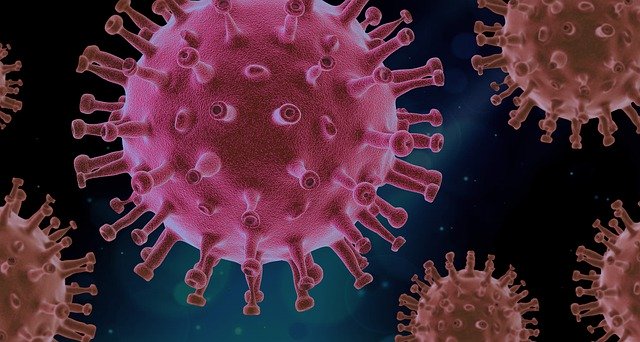By NewsDesk @infectiousdiseasenews
The Swedish Public Health Authority released the results of the second national survey of ongoing infection with a total of 2,933 participants, which showed an estimated 0.3 percent of the population had an ongoing infection with COVID-19 when the samples were collected during the period May 25-28.

Samples were taken from the pharynx and nasal cavity and the participants also submitted saliva samples. The samples were then analyzed in the laboratory to see if the samples contained SARS-CoV-2, which is the virus that causes COVID-19.
The result can be compared with those from the previous national survey conducted in late April which showed that around 0.9 percent had an ongoing infection with COVID-19 .
The results of the 760 participants in the survey, who are based in Stockholm, showed that a total of 0.7 percent of the population there had an active infection with COVID-19 during the period 25-28 May. In the previous survey at the end of April, the corresponding figure was 2.3 percent.
560 children aged 0-15 years participated and none of them had an ongoing infection with COVID-19.
In addition, Swedish health officials reported on the results of the first antibody assays to detect the COVID-19 in blood donors.
During the week 17-22, the Public Health Authority collected 400 samples per week from blood donors aged 18-72 in the nine regions: Jämtland, Jönköping, Kalmar, Skåne, Stockholm, Uppsala, Västerbotten, Västra Götaland and Örebro. The first preliminary results show that the proportion of blood donors with antibodies to COVID-19 was 1.6 percent at week 17 and had changed to 5.0 percent at week 22.
However, the test responses are too few to make it possible to divide them statistically by regions.
The Public Health Authority also continues to investigate excess blood samples collected from laboratories in clinical chemistry and clinical immunology via outpatient care in the same nine regions as above. Collection takes place during eight weeks in spring 2020. A total of 1,200 samples are collected each week for analysis of antibodies that show that the immune system recognizes the SARS-CoV-2 virus that causes COVID-19.
Subscribe to Outbreak News TV on YouTube
Analysis of samples collected at Week 21 shows that antibodies to covid-19 are detected in 6.3 percent of the studied population. Antibodies continue to be lowest among older adults 65-95 years with 3.9 percent and higher among adults 20-64 years with 7.6 percent and among children 0-19 years with 7.5 percent.
Data at the regional level is presented only for Stockholm, Västra Götaland and Skåne as the number of samples collected for the other regions is less than 100 and therefore cannot give reliable results. In the Stockholm region, Week 21 had the highest proportion of antibody positives with 10.0 percent, followed by Skåne with 4.5 percent and Västra Götaland with 2.7 percent.
The antibody analyzes are done in collaboration with SciLifeLab / KTH.
Walk-In Lab Now Sells COVID-19 Serology Antibody tests! Doctor’s note provided! Only $119
- SARS-CoV-2 transmission to animals: Monitoring needed to mitigate risk
- Global polio (WPV1) cases now at 67, Nigeria attains Polio-Free status
- Swimmer’s ear: ALK gains exclusive rights to market OTIPRIO in U.S.
- SARS-CoV-2 neutralizing antibodies isolated: Developing a treatment, Aid in vaccine design
- Plague cluster reported in Ituri, Democratic Republic of Congo
- Canada: E. coli O157 outbreak linked to frozen raw pet food
- Face masks: Small droplets of saliva can emerge with some droplets traveling up to 1 meter: Study


One thought on “Sweden COVID-19 studies: Ongoing infection, Antibody tests in blood donors”